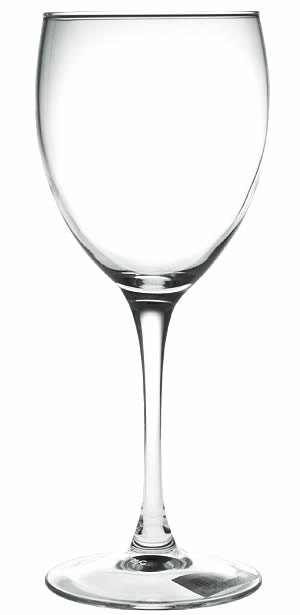Anatomy of a Wine Glass
The Basic Anatomy of a Wine Glass

All wine glasses, whether they are white, red or champagne, are all essentially the same and the anatomy of a wine glass breaks down into three main elements; the bowl, the stem and the foot.
It is the variations in these elements that create different type of wine glass.
The Bowl
The most important part of the wine glass is the bowl, also known at the cup, not only does it hold the wine but the shape and style of the bowl also defines the type of wine that should by served in the glass.
The bowl is also the part of the wine glass that can be most embellished and styled, patterns; both painted on and cut into the glass, rims; shaped and coloured rims.
The Stem
Gives the glass its height and provides something to hold whilst drinking and connects the bowl to the foot. The stem is important in classic designs, but less so in more modern and contemporary designs e.g. seamless wine glasses and glasses with fluted bowls that are also the stem.
The Foot
Also known as the base or footer, gives the stemware is stability. Essential for the wine glass to stand unaided – notable exceptions include seamless glasses, where the bowl is flat at the bottom or glasses that cone with a stand.